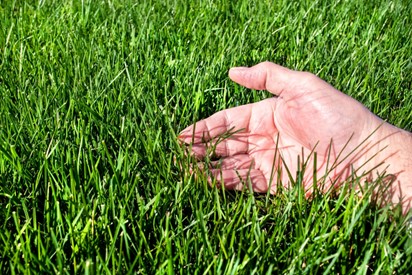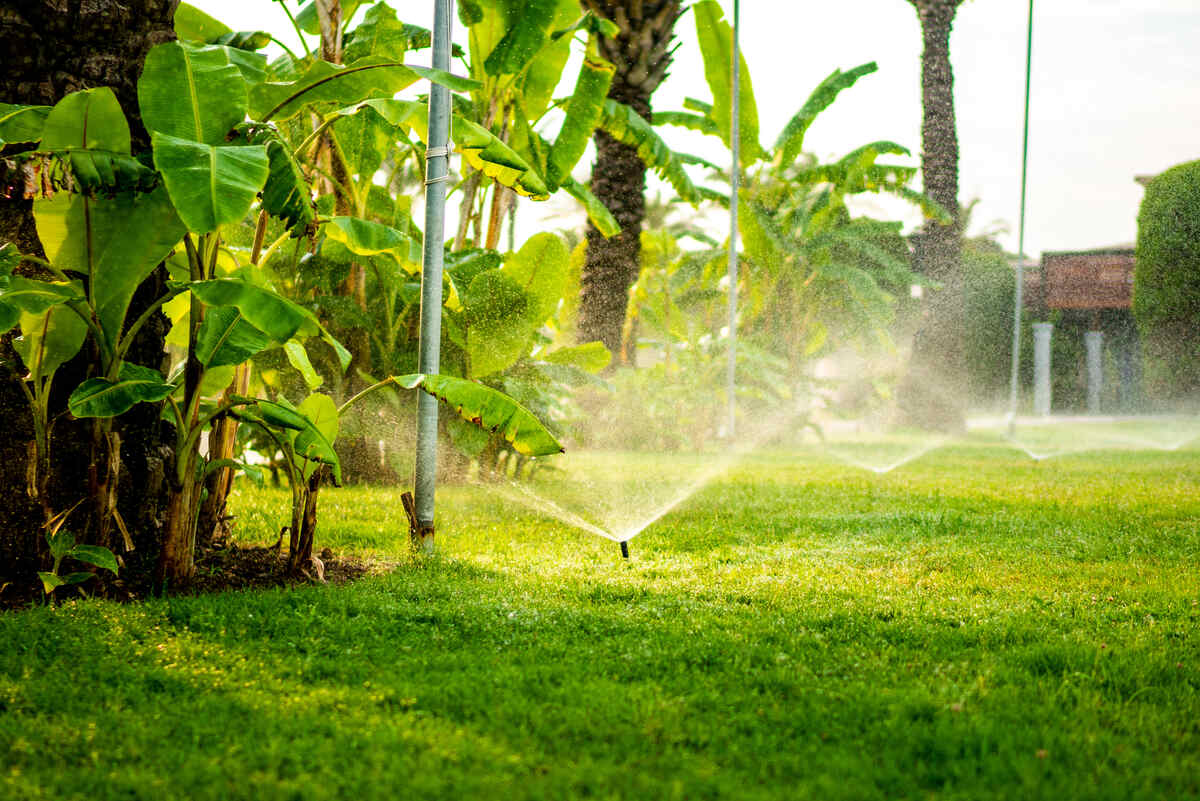
If your lawn looks discolored, has thinned areas, or simply isn’t growing as it should, it might be time to aerate it.
Why should you aerate?
Lawn aeration addresses soil compaction, which can prevent water, air and nutrients from reaching the grass roots. Compacted soil can make your lawn struggle, especially during heat or drought, leading to discoloration, poor health, and thinning grass.
Aeration helps break up compacted soil, allowing nutrients to penetrate deeper into the root system, revitalizing your lawn with a single treatment.
Symptoms of compacted soil
Your lawn can become compacted if there is a lot of foot traffic. Signs of compaction include water pooling after rain or runoff from the soil surface. Additionally, if your lawn turns brown, appears dehydrated, or shows stunted plant growth, it may not be getting enough water. Aeration can alleviate these problems, improving both lawn health and drainage.
Is aeration recommended in summer?
It is important to correctly schedule aeration throughout the year. Knowing the type of grass you have, as well as when to aerate it, are two important factors to take into account. There are two categories your grass can fall into: cool season grass and warm season grass.
In the north, lawns are composed of cool-season grasses. These grasses include Kentucky Bluegrass, Tall Fescue, Fine Fescues, and Perennial Ryegrass. Cool-season grasses tend to grow best in the spring or early fall and grow more actively in lower temperatures. Therefore, the ideal time to aerate this type of grass is usually in spring or early fall. Aerating cool season grasses in summer is not recommended due to higher temperatures. If your soil is too wet when you aerate it, it can destroy your lawn, and the same goes for dry soil. Because aeration creates holes, if done in extreme heat or drought conditions on cool-season grasses, it can dry out the soil and damage the grass.
On the other hand, if you are in the south, aerating warm-season grasses in the summer can be very beneficial. This is because grasses such as Bermudagrass, Zoysia, Centipede and St. Augustine that grow in the southern region of the country grow best during the summer months when temperatures are high. Due to increased growth in summer heat, summer aeration of these warm-season species allows these grasses to quickly and easily recover from the aeration process. Spring and fall aerating is not recommended on warm-season lawns when temperatures are cool. During these colder seasons, warm-season grasses tend to slow their growth and do not recover as easily from the aeration process. This means that summer is the ideal time to aerate your warm season lawn.
How does aeration work?
Aeration is usually done by professionals, but can be done yourself with rented equipment. A core aerator machine removes soil plugs and leaves them on the surface to decompose. The holes created allow oxygen, water and nutrients to reach the roots.
Trust the professionals
It is essential to use central aeration methods; Improper technique can cause increased compaction. While renting equipment and doing it yourself is an option, hiring a lawn care company can cost about the same and save you time and effort. Let Lawn Squad ensure you have a beautiful, healthy lawn for your family and friends to enjoy.










